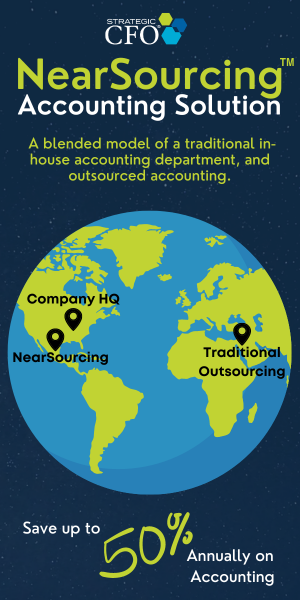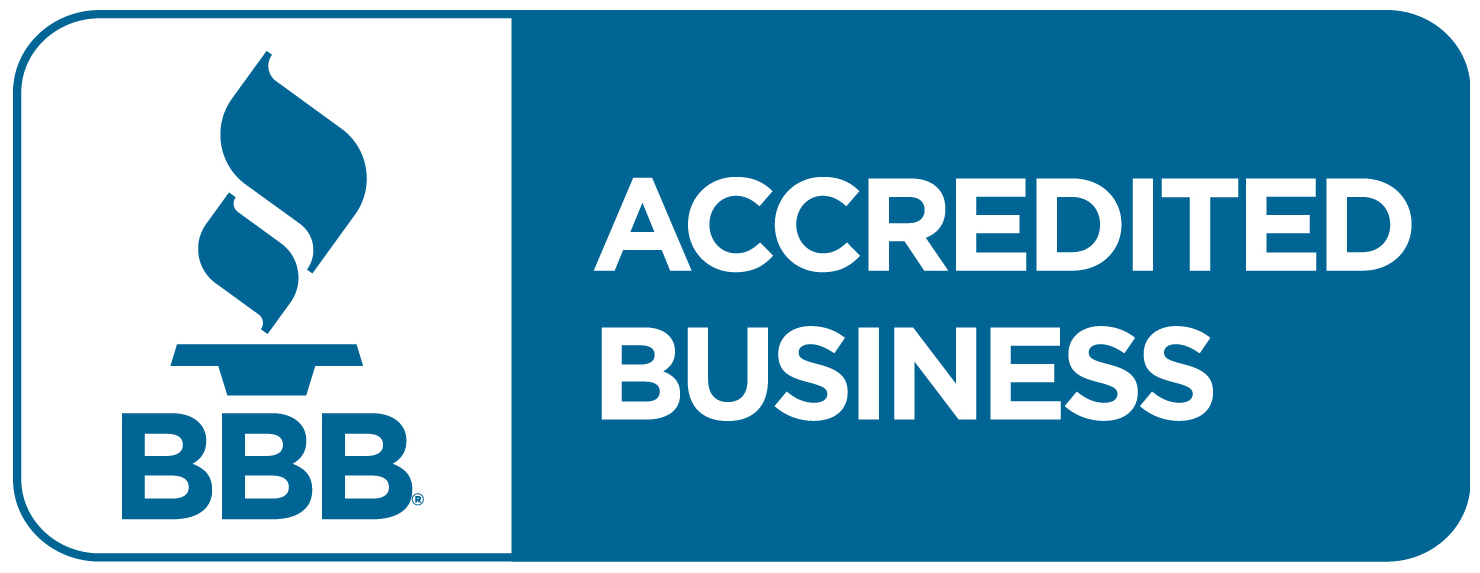See also:
Problems in Chart of Account Design
Complex COA Number for SGA Expenses
Example Chart of Accounts for Selling General and Administrative
Account Reconciliation
Account Reconcilement Definition
Chart of Accounts Defined
The chart of accounts (COA) is a listing of the general ledger accounts used by an organization to record transactions. For example, the accounts may be labeled in a numeric, alpha or alpha-numeric manner depending on the preference of management and the limitations of the accounting software. Today accounting software can accommodate most formats. In addition, list the accounts in the order that they appear on the financial statements; balance sheet accounts first, then income statement accounts.
The requirements of a company’s standard chart of accounts are one of the most important factors in software selection decision process. Define the requirements of the general ledger chart of accounts during the “Needs Analysis Phase (NAP)” of system selection and design. Therefore, involve the NAP every member of the management team that will be relying on financial data to help them manage their area of responsibility. The chart of accounts format and the selection of accounts provide sufficient data to manage the business. But it must meet all of the requirements of appropriate regulatory agencies. In addition, it must avoid minutia. A basic accounting chart of accounts system will provide for efficient expansion/modification of the management information systems as managers’ needs change based on changes in the business environment.
Chart of Accounts Design
The driving force in the chart of accounts design should be management’s information requirements, and not for example, the IRS Form 1120. An example of factors to be considered when determining the chart of accounts design include the present or future need for:
• Departmental data
• Project data (Expense & Production/Billable Projects)
• Regional data
• Product line data
• Customer data
• Internal Revenue Service (i.e. details of travel & entertainment expenses, expenses eligible for research tax credits, and non-deductible expenses)
• Local taxing authority requirements, i.e.. location of property & equipment by taxing jurisdiction
• Primary profit drivers
• Measure strategic goals
• Other significant factors identified by management
Not all factors identified, will survive the final decision of the required composition of the financial data base. The factors identified which survive the cut, will determine the required number of fields and size of the account number, thus eliminating software that does not provide the required flexibility. The overriding goal is to keep the chart of accounts format simple, logical, and scalable.
General Ledger Chart of Accounts Numbering System
Once you have identified the chart of accounts structure, certain classes are generally followed to develop the specific account codes, as shown in the following sample chart of accounts below. Furthermore, the numbering of the accounts should incorporate some logic in order to make it easier for non-accountants to code transactions. For example, group the accounts by category (i.e.; overhead) then listed in alphabetical order.
1NNNNN..NN – Assets Assets are generally numbered in order of liquidity of assets, i.e. 11NNN..NN as Cash, 12NNN… NN as Accounts Receivable, and so on.
However there may be exceptions, as some industries, such as public utilities reserve the 11NNN..NN sequence for the cost of Property, Plant and Equipment, as such assets dominate the balance sheet.
2NNNNN..NN – Liabilities
3NNNNN..NN – Owners/Shareholders Equities
4NNNNN..NN – Revenues
5NNNNN..NN – Cost of Goods Sold & Services
6NNNNN..NN – Selling, and General & Administrative Expenses
If you want to add more value to your organization, then click here to download the Know Your Economics Worksheet.

Access your Strategic Pricing Model Execution Plan in SCFO Lab. The step-by-step plan to set your prices to maximize profits.
Click here to access your Execution Plan. Not a Lab Member?
Click here to learn more about SCFO Labs






















